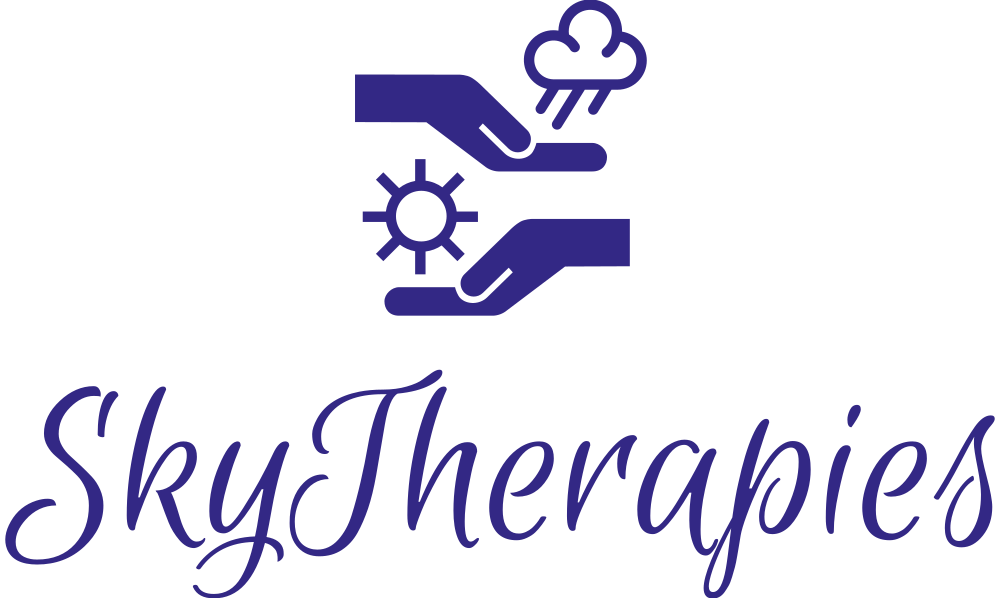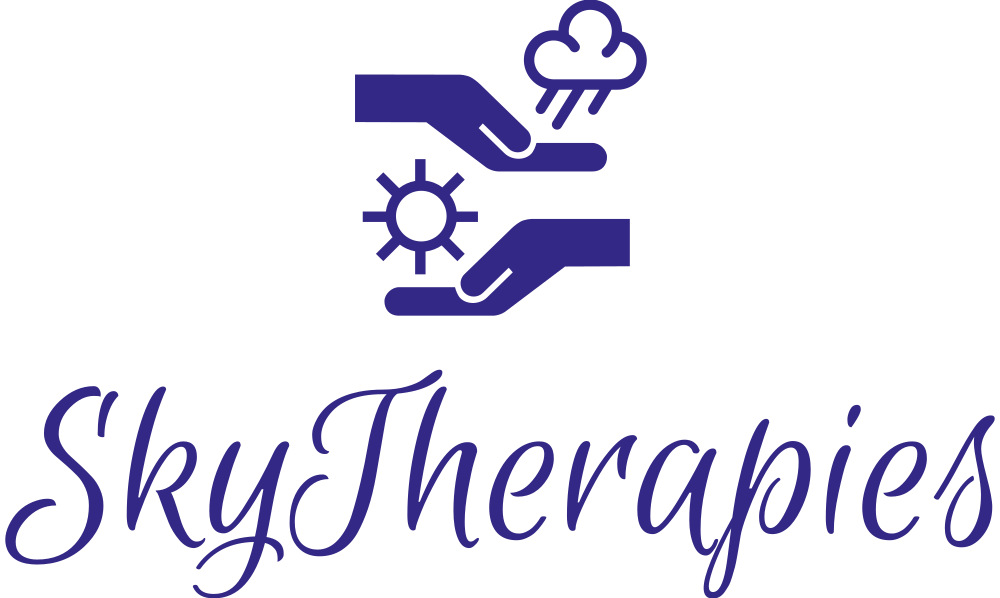Anxiety is like an uninvited guest that overstays its welcome, weaving itself into the fabric of daily life. It can cloud decisions, disrupt relationships, and diminish joy. For many, traditional talk therapies or medications provide relief, but others seek a deeper, lasting resolution. Enter Eye Movement Desensitization and Reprocessing (EMDR)—an innovative, evidence-based therapy that delves into the brain’s processing systems to untangle the roots of anxiety and promote healing.
In this post, we’ll explore the science behind EMDR, why it’s effective for anxiety, and how it can help you regain emotional balance and peace.
What is EMDR?
EMDR is a psychotherapy approach developed by Francine Shapiro in the late 1980s. Originally designed to treat trauma and post-traumatic stress disorder (PTSD), it has since been shown to effectively address a range of emotional difficulties, including anxiety, depression, and phobias.
Unlike traditional talk therapy, EMDR doesn’t require clients to extensively discuss their distressing memories. Instead, it uses bilateral stimulation—typically through guided eye movements, tapping, or auditory tones—to help the brain process and integrate distressing experiences.
How Does Anxiety Develop?
Anxiety often stems from unresolved past experiences or patterns of thought that amplify worry and fear. For example, a difficult childhood, a traumatic event, or chronic stress can leave an imprint on the brain, making it more reactive to perceived threats.
When the brain struggles to process these experiences, they can become “stuck,” replaying in the form of intrusive thoughts, physical symptoms, or emotional overwhelm. EMDR targets these stuck memories and helps the brain reprocess them so they no longer fuel anxiety.
The Science Behind EMDR
At its core, EMDR leverages the brain’s natural ability to heal itself. This process, called adaptive information processing (AIP), is disrupted when trauma or overwhelming experiences occur. EMDR reactivates the AIP system, allowing the brain to reprocess memories and integrate them into a healthier narrative.
Here’s how it works:
- Bilateral Stimulation
During EMDR sessions, clients are guided to focus on distressing memories, emotions, or sensations while simultaneously following the therapist’s hand movements or experiencing other bilateral stimulation. This dual attention activates both hemispheres of the brain, facilitating the reprocessing of distressing memories. - Desensitization and Integration
The combination of recalling distressing experiences and bilateral stimulation reduces the emotional intensity associated with the memory. Over time, the memory becomes less triggering, and clients develop new, more adaptive associations. - Memory Reconsolidation
EMDR enables the brain to store distressing experiences in a way that no longer disrupts daily life. Instead of feeling overwhelming, these memories become part of a coherent, manageable life story.
How EMDR Helps with Anxiety
Anxiety is often fueled by overactive threat responses, distorted thinking patterns, or unresolved past experiences. EMDR addresses these root causes by:
- Calming the Nervous System: Bilateral stimulation reduces hyperarousal, helping to regulate the fight-or-flight response that often underpins anxiety.
- Uncovering Triggers: EMDR helps identify and process the underlying triggers that amplify anxiety, even when they’re not immediately apparent.
- Creating New Pathways: Through reprocessing, the brain forms new associations, replacing fear-driven responses with more adaptive thoughts and feelings.
What to Expect During EMDR Therapy
An EMDR session typically follows an eight-phase protocol designed to ensure safety, stability, and effective reprocessing. Here’s a brief overview:
- History and Assessment
Your therapist will explore your personal history, identify troubling memories or triggers, and assess your readiness for EMDR. - Preparation
Before beginning reprocessing, you’ll learn coping strategies, such as mindfulness or grounding exercises, to help you manage any distress that arises during the process. - Targeting Distressing Memories
Together with your therapist, you’ll identify specific memories, beliefs, or sensations linked to your anxiety. - Bilateral Stimulation and Reprocessing
During reprocessing, you’ll focus on a specific memory or thought while engaging in bilateral stimulation. You don’t need to provide a detailed account of the memory—just enough to activate the associated distress. - Desensitization and Installation
As the memory loses its emotional intensity, your therapist will help you install positive beliefs or emotions to replace the negative ones. - Closure and Future Planning
Each session ends with techniques to ensure emotional stability. Your therapist will also work with you to address future challenges and reinforce adaptive coping strategies.
Who Can Benefit from EMDR?
While EMDR is highly effective for trauma, its applications extend far beyond. Individuals struggling with:
- Generalized anxiety disorder (GAD)
- Social anxiety
- Panic attacks
- Phobias
- Performance anxiety
- Stress-related health conditions
can find relief through EMDR.
Why EMDR is Different
Unlike traditional talk therapies, EMDR:
- Works quickly, often producing results in fewer sessions.
- Doesn’t require extensive verbalization of painful memories.
- Directly targets the brain’s natural healing mechanisms, leading to lasting change.
How Sky Therapies Supports Your Journey
At Sky Therapies, we understand that anxiety can feel all-encompassing, but we believe in your capacity to heal. Our skilled therapists are trained in EMDR and other evidence-based approaches to help you navigate anxiety’s complexities. We create a safe, compassionate environment where you can process your experiences and build the resilience needed for lasting peace.
Final Thoughts
Anxiety doesn’t have to control your life. EMDR offers a transformative way to address the root causes of your distress and pave the way for emotional freedom. If you’re ready to explore how EMDR can help you find relief from anxiety, Sky Therapies is here to support you every step of the way.
Your healing begins with one courageous step. Reach out today, and let us help you find your path to calm and clarity.





